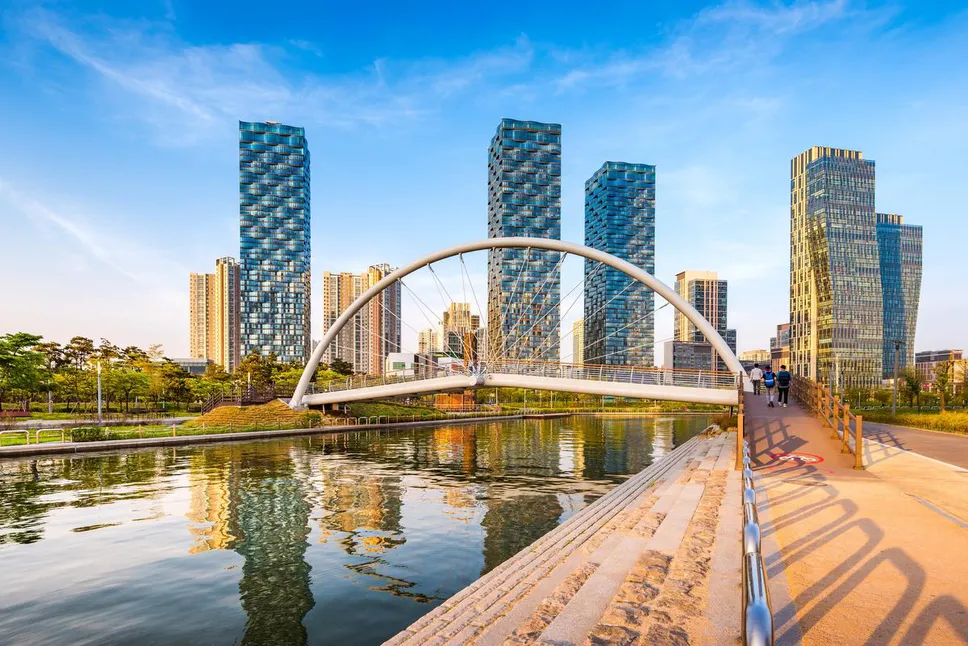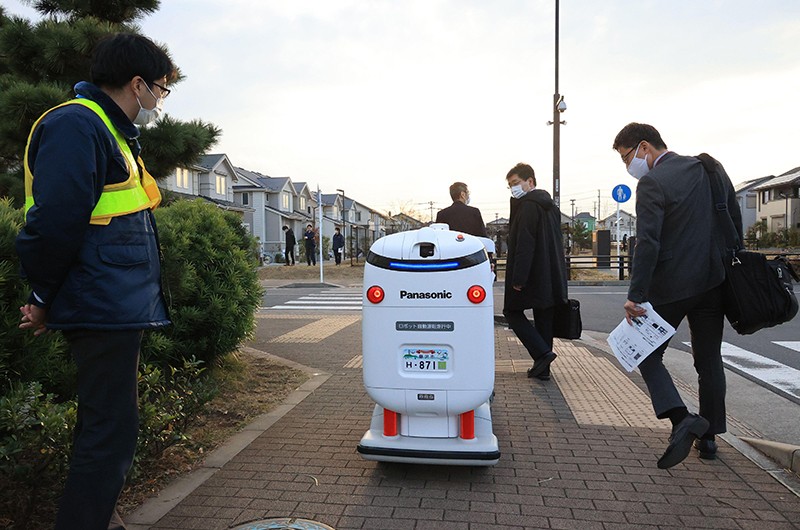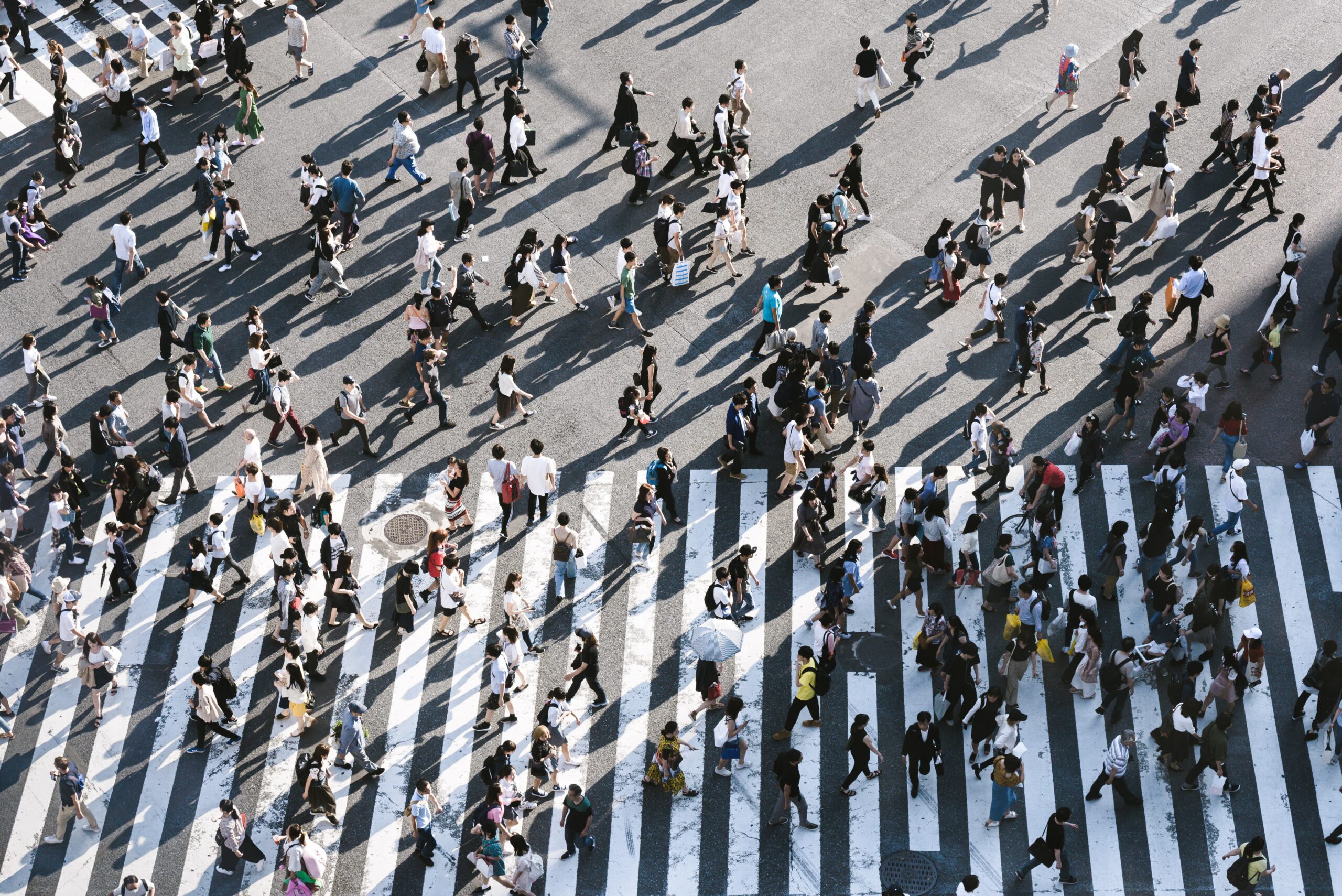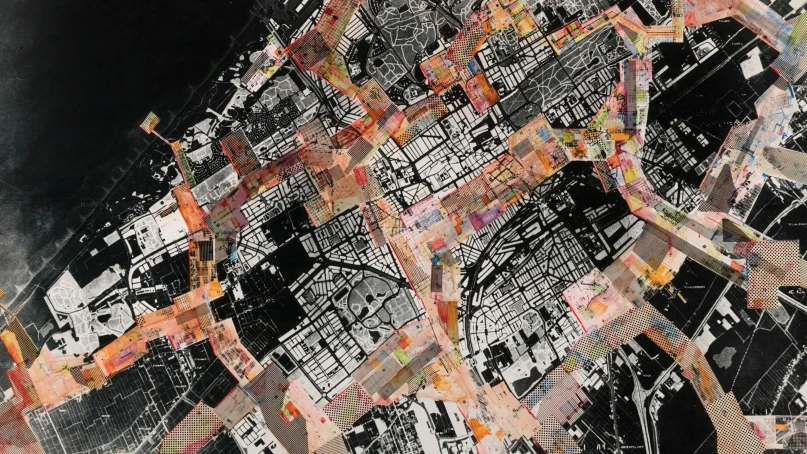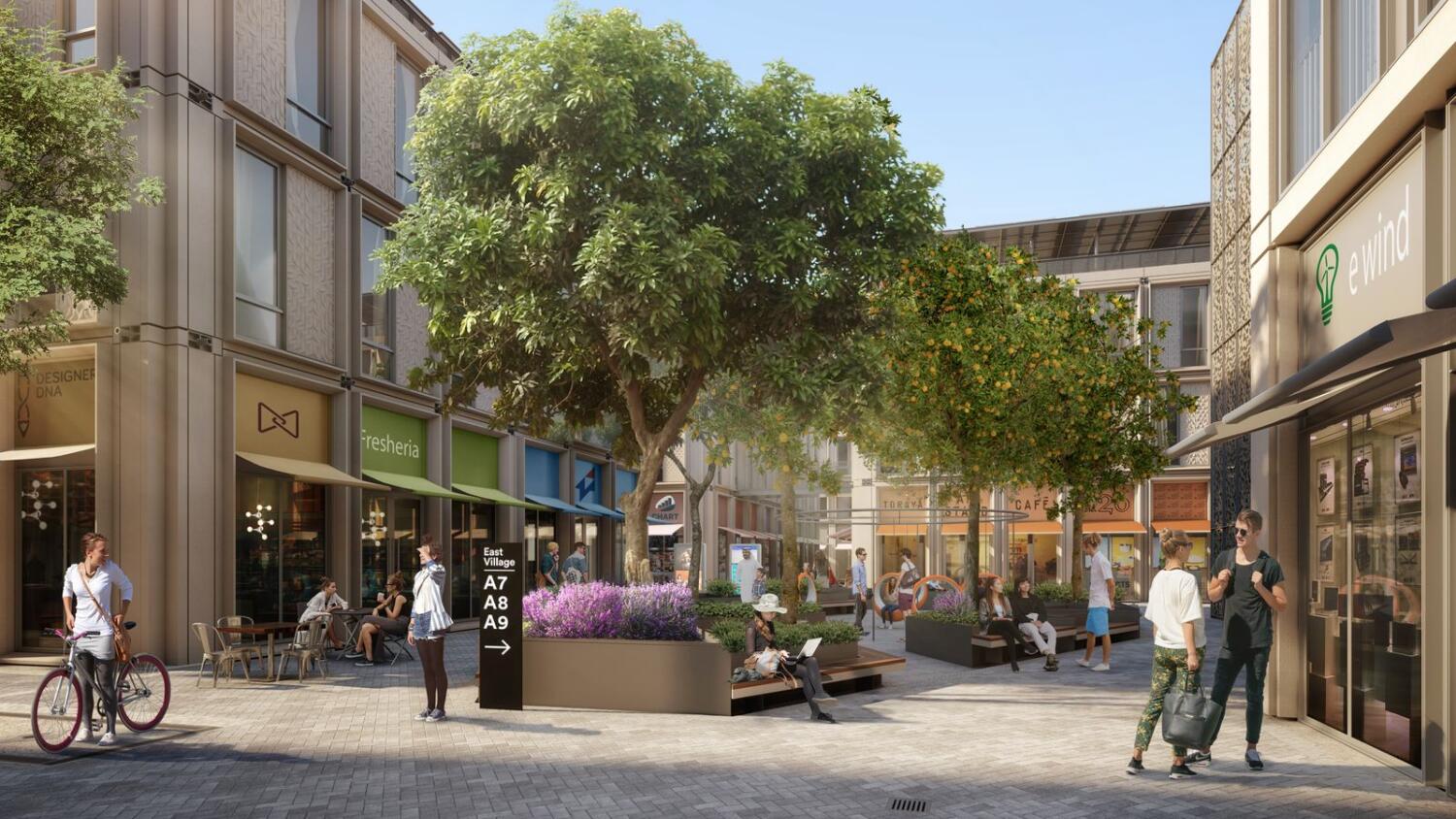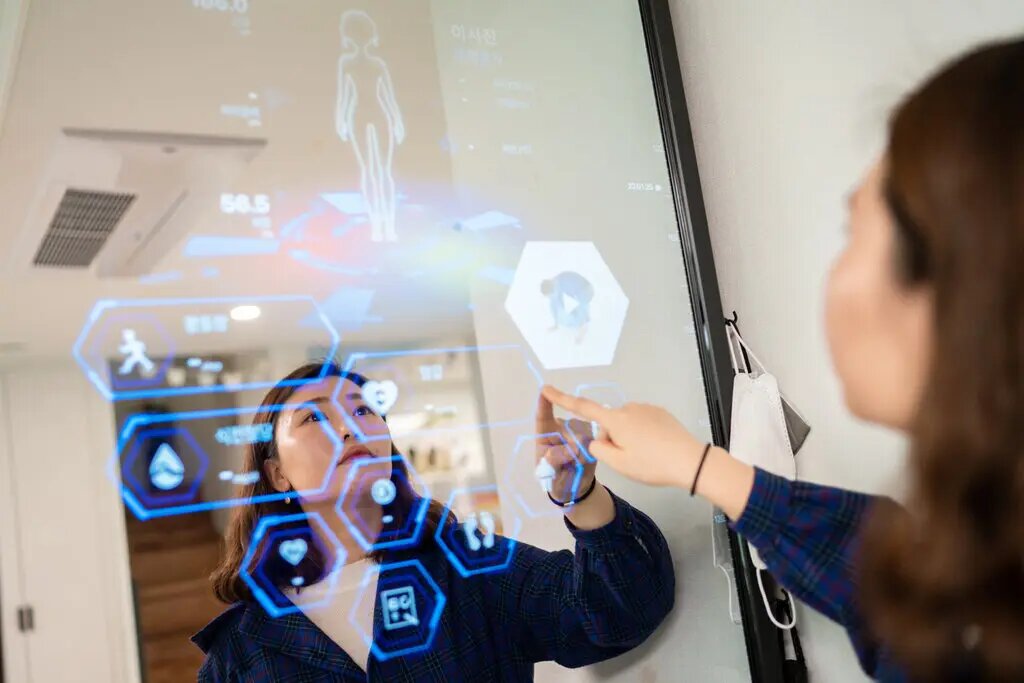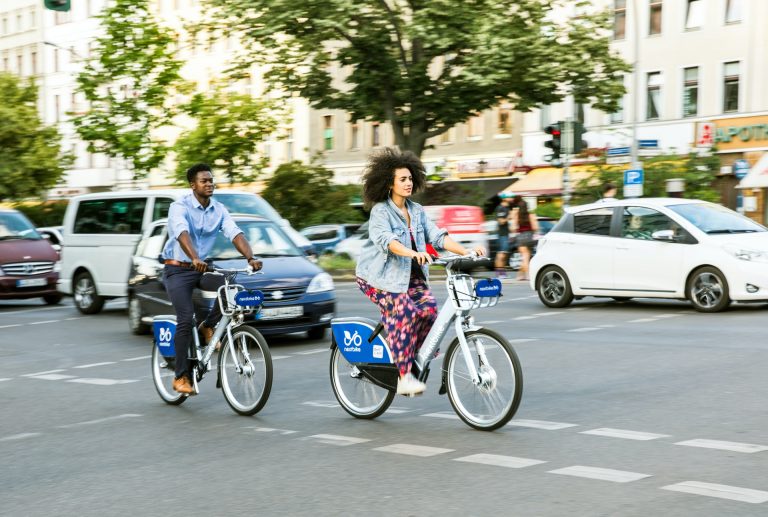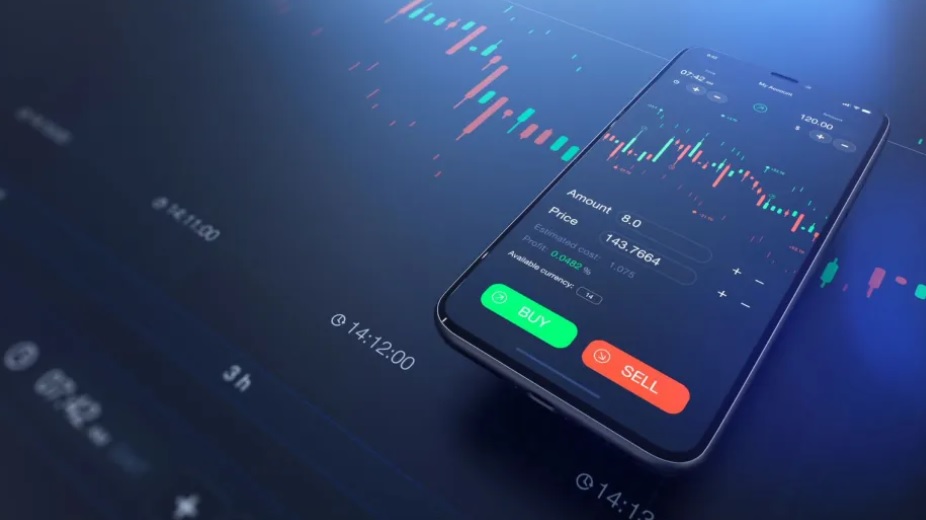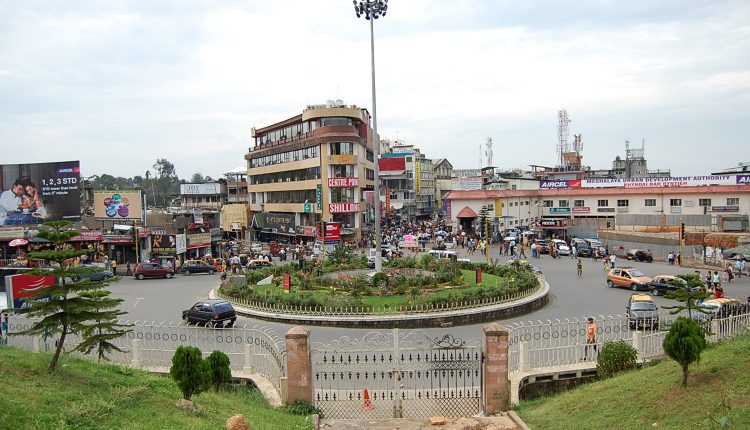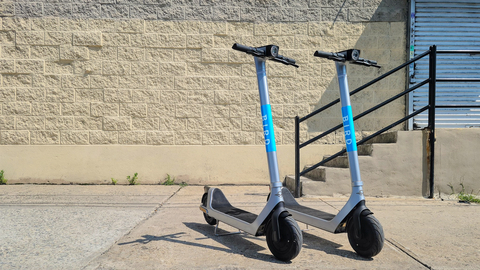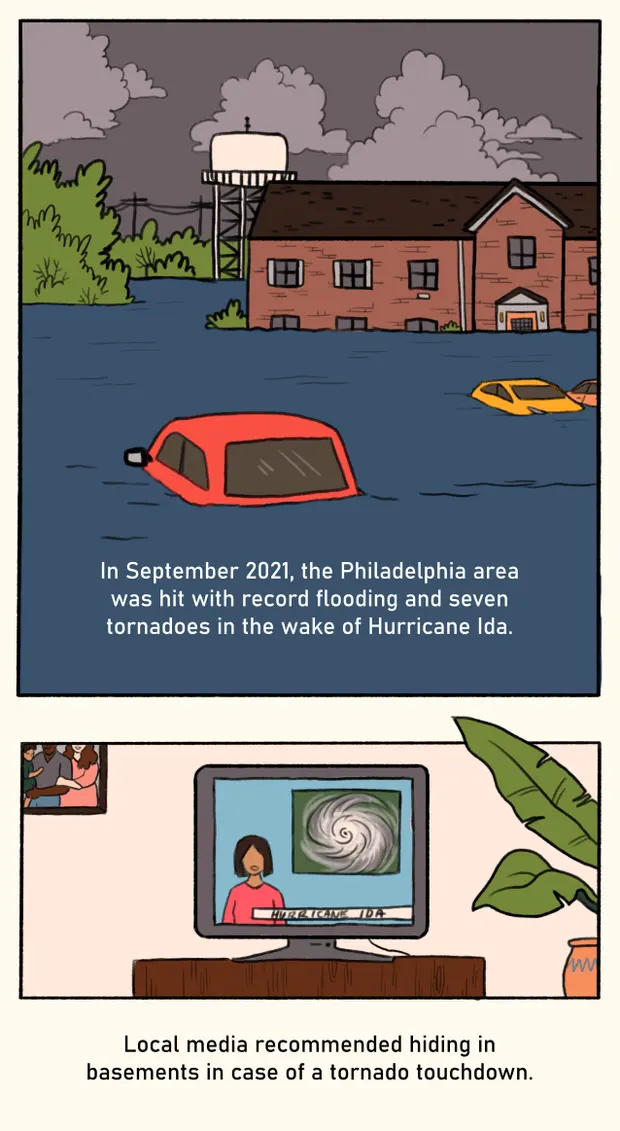
Maram rushes across the floor of Frankfurt’s Zara store, carrying an armload of shirts. “I am their assistant…, it gets me running”, she explains. “It” is her iPad, which is connected with the Enterprise Resource Planning (ERP) system that tracks every item in the store in real time. The system sends messages to the mobile devices, telling sales assistants where to put the clothes, how many and by when. The ERP system did not arrive overnight. First came the new till software, starting in 2016, then RFID-tags were introduced — tiny radio transponders sewn into the products to identify inventory automatically without having to scan each piece — and finally, there was the new ERP system, enabling a real-time-tracking of the clothes. “The new technologies were introduced gradually and we didn’t see the bigger picture in the beginning,” explains Maram.
Zara claims that the digital technology will only simplify stock management and provide new customer services like “click and collect.” However, “One day, our boss called us and asked why we still haven’t put away the merchandise,” another sales assistant told us. “How would he know? All because of the RFID-tags!”
+INFO: Longread




